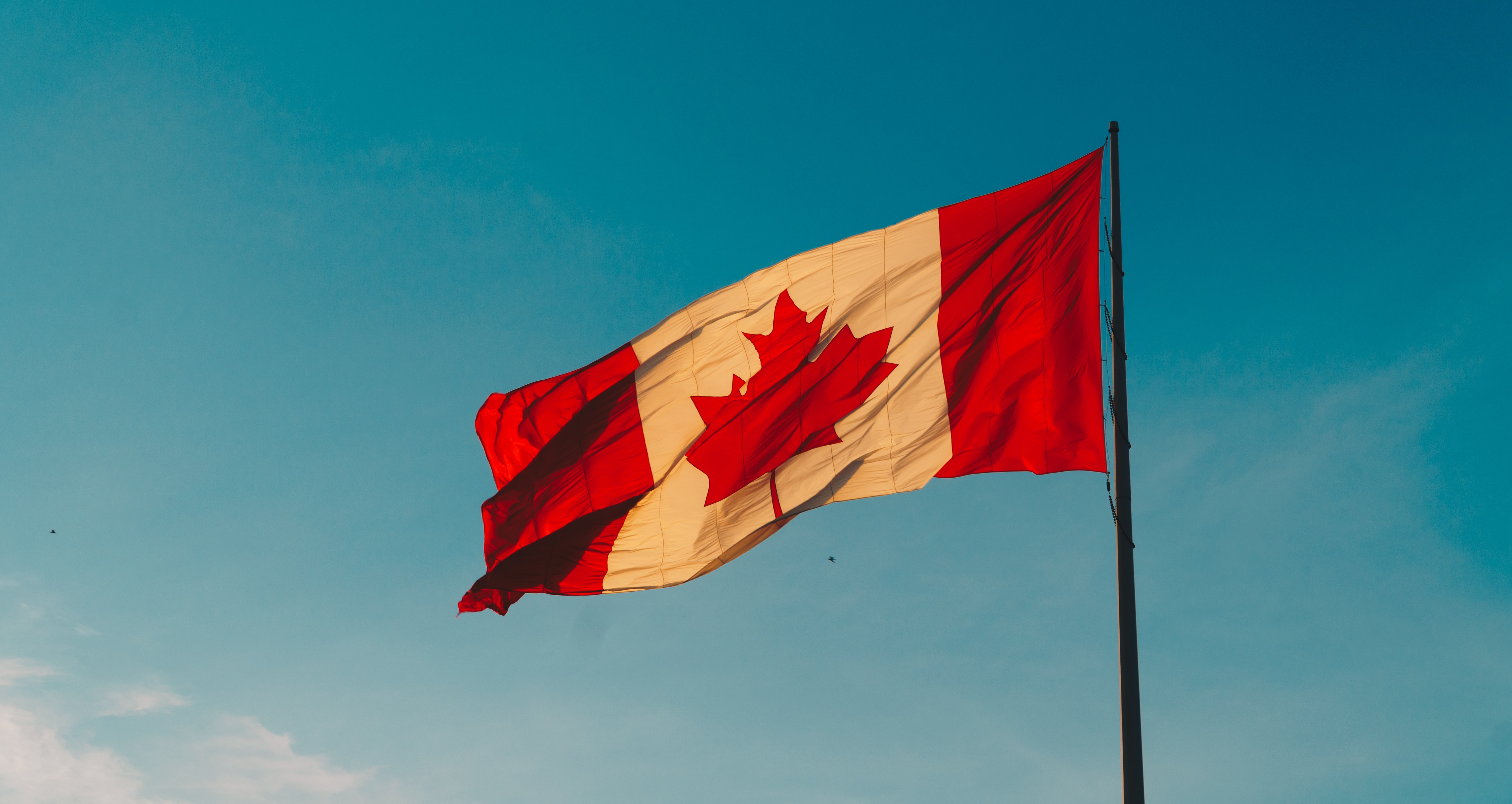
Primer on Canada-UK Trade: 4 Things to Keep in Mind as the Bilateral Negotiations Unfold
After months of behind-the-scenes work, negotiations for a Free Trade Agreement (FTA) between Canada and the United Kingdom (UK) were finally launched on March 24, 2022, as government representatives from both nations came together for a joint press appearance in Ottawa, Canada. During this press conference, Minister of International Trade, Export Promotion, Small Business and Economic Development Mary Ng and British International Trade Secretary Anne-Marie Trevelyan shared their excitement at the idea of strengthening the bilateral trade relationship through a modernized trade agreement which would not only reinforce both countries’ mutually shared values but also ensure that traditionally under-represented groups can access the full benefits of trade.
To best position your organization, here are four key things to keep in mind as the first round of negotiations unfolds this week in London, UK.
1. Timeline and State of Play
Currently, the Canada-UK trade relationship is operating under an interim agreement – known as the Trade Continuity Agreement (TCA) – which is largely a rollover (or a replication) of the Comprehensive Economic and Trade Agreement’s (CETA) terms, but applied on a bilateral basis. TCA negotiations stretched in the latter half of 2020 and concluded on November 21, 2020. The agreement was later ratified by Canada on March 19, 2021 and officially entered into force on April 1, 2021. As CETA ceased to apply to the UK on December 31, 2021, both countries signed a memorandum of understanding in late December 2021 outlining measures both parties would take to ensure they would each continue to benefit from preferential treatment until the TCA entered into force.
During the press conference launching the negotiations, Minister Ng said that both parties are focused on reaching an ambitious agreement and that they will endeavor to complete negotiations within two years. The TCA includes several time-limited commitments which expire at the end of 2023. If the negotiations have not concluded by then, parties will have to come to an understanding to cover the affected sectors until the FTA enters into force.
2. Politically Sensitive Areas
As with most trade negotiations, it is expected that the agricultural chapters will prove to be one of the most challenging areas to negotiate. As an example, Canada has expressed a strong desire to ensure that no additional tariff-free access for dairy products is granted to the UK. In addition, Canadian negotiators will push for export access for hormone-treated beef, which is considered safe in Canada, but is not permitted in the UK. These priorities are among many reflected in Canada’s negotiating objectives, which were tabled in the House of Commons on February 16, 2022. Canada’s objectives integrate the feedback received during the trade consultations conducted by Global Affairs Canada on the Canada-UK FTA in early 2021.
It is worth noting, however, that the UK is not on the same page as Canada regarding these elements of a prospective deal. Indeed, it should come as no surprise that UK Prime Minister Boris Johnson has publicly stated his desire to see more British cheese enter the Canadian market. Moreover, both UK government officials and industry stakeholders in the UK have expressed a strong desire to see the UK maintain its high food standards with regards to hormone-free beef. These objectives are reflected in the UK’s policy paper outlining its approach for the Canada-UK FTA, which was published on March 24th. The UK policy paper integrates the feedback received during consultations conducted by their Department for International Trade in mid-2021.
3. Shared Priorities
While some roadblocks may lay ahead, both parties do share some overarching aspirations. Indeed, both Canada and the UK are determined to ensure that small and medium-sized enterprises (SMEs) benefit from this trade agreement. They intend to do so by including dedicated trade provisions which will address SMEs’ unique needs, reduce barriers and ensure that trade rules are clearer for these key business actors – therefore allowing them to participate in trade more easily. Moreover, both parties are keen to secure ambitious provisions on digital trade – not only to facilitate trade for all businesses, but to reduce costs for customers on both sides of the pond.
4. Key Players
Both trade negotiation teams will be led by experienced trade negotiators. On the Canadian side, Doug Forsyth will serve as Canada’s Chief Negotiator for the FTA. He previously served as the Chief Negotiator for the bilateral TCA, and currently serves as Director General for Market Access in the Department of Global Affairs. The UK team is headed by Charlotte Heyes, who was appointed as the UK’s Chief Negotiator for the UK-Canada FTA in early 2022 and also served as Chief Negotiator for the bilateral TCA. She will be assisted by Paul Jeff, a career public servant, who will serve as the UK’s Deputy Negotiator for the FTA.
As the negotiations get underway, PAA Advisory | Conseils will continue to monitor developments to ensure clients are well positioned to engage with relevant stakeholders on both sides of the Atlantic and will continue to provide timely updates on this matter.